Native Turtles Reappear In Yosemite Following Removal Of Over 16,000 Invasive Bullfrogs

Something amazing is happening in Yosemite National Park! Native turtles are coming back after park rangers removed thousands of bullfrogs that didn’t belong there. These bullfrogs were eating everything in sight and pushing out the turtles that call Yosemite home.
This wildlife comeback story shows how fixing one problem in nature can help many animals thrive again.
1. What Triggered The Bullfrog Invasion

Back in the 1950s, someone thought releasing bullfrogs for fishing and food would be a good idea. Nobody realized these hungry amphibians would become unstoppable eating machines!
Without natural predators to keep them in check, bullfrogs multiplied faster than anyone expected. Their population exploded across Yosemite’s wetlands, creating an ecological nightmare that would last decades.
2. Why Bullfrogs Are A Major Threat
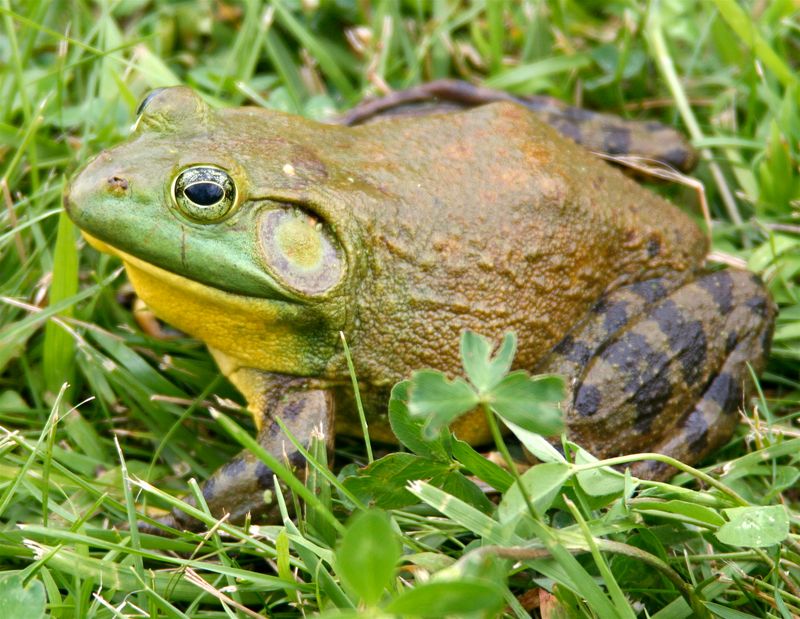
Imagine a frog the size of your hand with an appetite to match! These giants eat practically anything that fits in their mouths – fish, insects, birds, and yes, baby turtles.
Originally from eastern North America, bullfrogs grow up to 8 inches long and can live 8-10 years in the wild. Their incredible adaptability and reproductive rates make them one of the world’s worst invasive species.
3. How Bullfrogs Harm Native Turtles
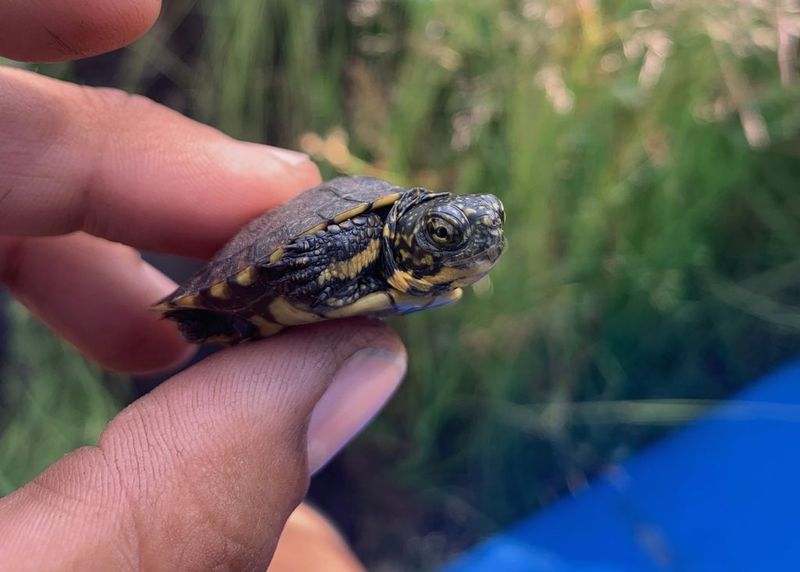
Tiny turtle hatchlings don’t stand a chance against hungry bullfrogs! These amphibian invaders gobble up baby turtles before they can grow their protective shells.
Beyond direct predation, bullfrogs also compete for the same food sources adult turtles need. They even spread deadly diseases like chytrid fungus that can devastate native amphibian populations, creating a ripple effect throughout the food web.
4. The Impact On Yosemite’s Ecosystem
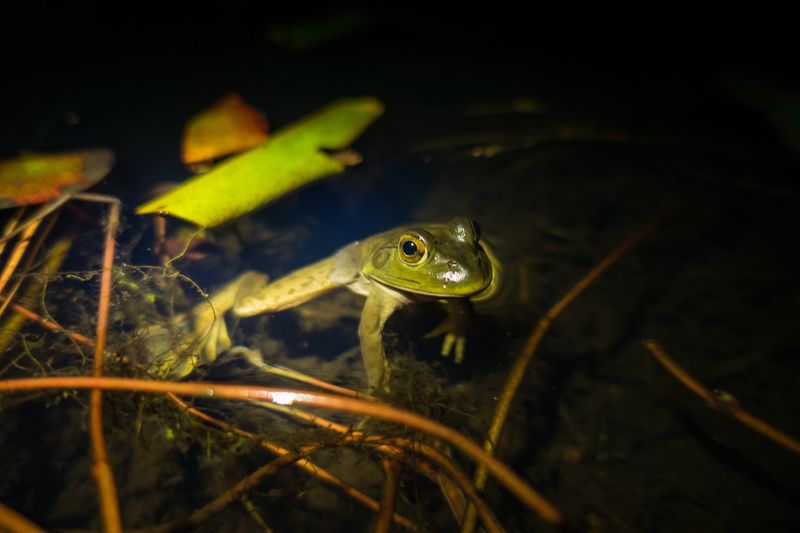
Picture a underwater world where one bully changes everything! Bullfrogs disrupted Yosemite’s delicate balance by outcompeting native species and altering natural food chains.
Wetland areas became eerily quiet as native frogs disappeared. Plants suffered without their natural caretakers, and water quality declined. The entire ecosystem began shifting into something completely different from what had existed for thousands of years.
5. The Plan To Remove Invasive Bullfrogs
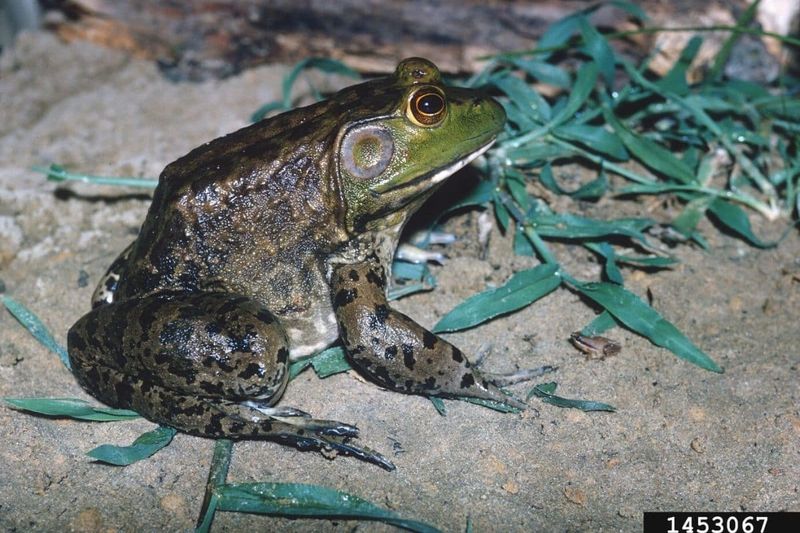
Rangers developed a multi-year battle plan targeting different bullfrog life stages. Night operations became the norm since bullfrogs are most active after dark.
The ambitious project required coordination between park biologists, volunteers, and even specially trained dogs that could sniff out hiding frogs! Every captured bullfrog provided valuable data to refine their removal strategy for maximum effectiveness.
6. How Many Bullfrogs Were Removed
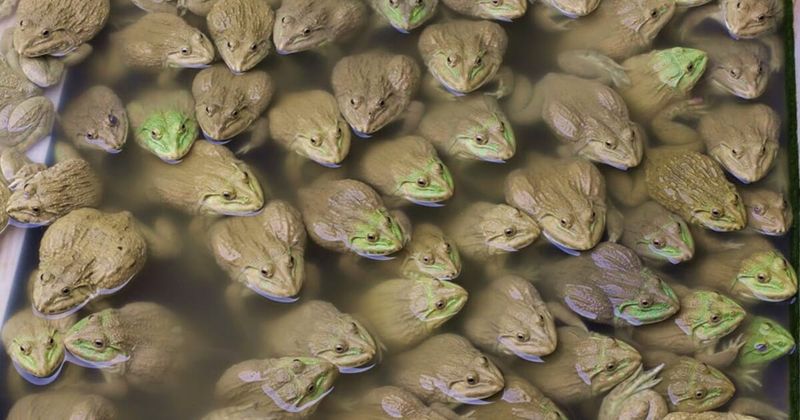
A staggering 16,000+ bullfrogs were captured over several years – enough to fill an entire swimming pool if piled together! The largest specimens weighed over a pound each.
During peak removal periods, teams collected hundreds in a single night. The numbers gradually decreased as the project progressed, giving everyone hope that they were making real progress against this seemingly unstoppable invasion.
7. Methods Used To Capture Bullfrogs
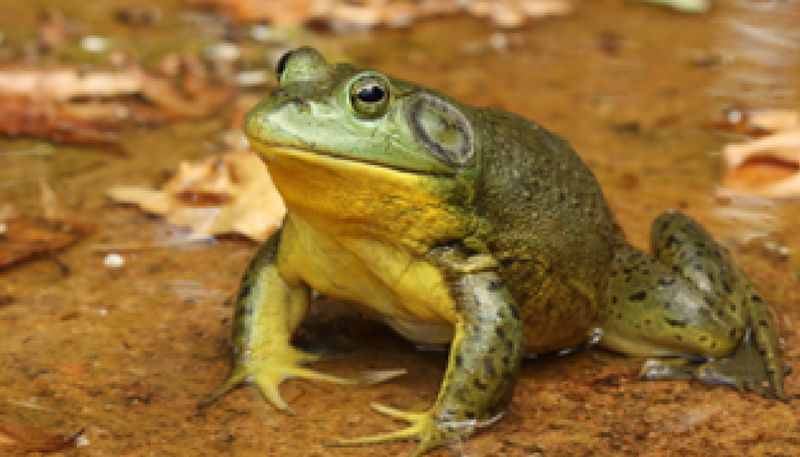
Catching these jumpy invaders required creativity! Rangers used everything from special nets and traps to good old-fashioned hand-grabbing during nighttime hunts.
Electrofishing – using mild electric currents to temporarily stun aquatic animals – proved particularly effective in shallow waters. For deeper areas, teams deployed underwater traps baited with lights that attracted insects, which in turn lured hungry bullfrogs.
8. When Turtles Started Coming Back
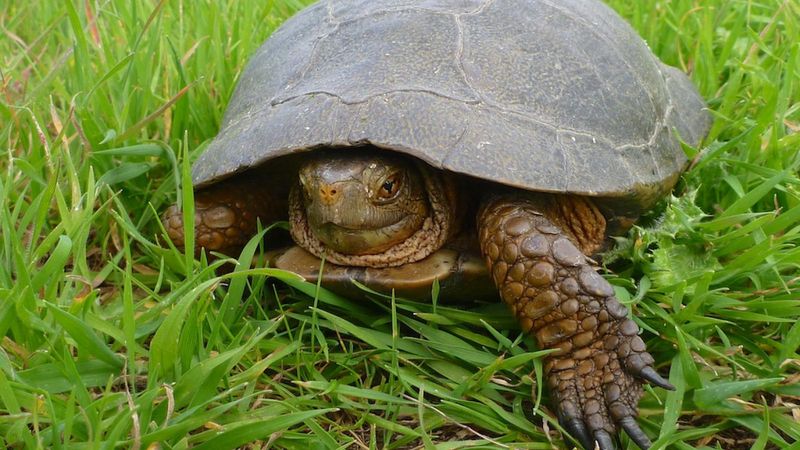
Just two years into the removal project, sharp-eyed rangers spotted something exciting – turtle hatchlings sunning themselves on logs where only bullfrogs had been seen before!
By year three, regular turtle sightings became common again. Nature doesn’t waste time reclaiming space when given the chance! Trail cameras captured heartwarming footage of turtle families returning to areas that had been bullfrog territory for decades.
9. Which Turtle Species Are Returning
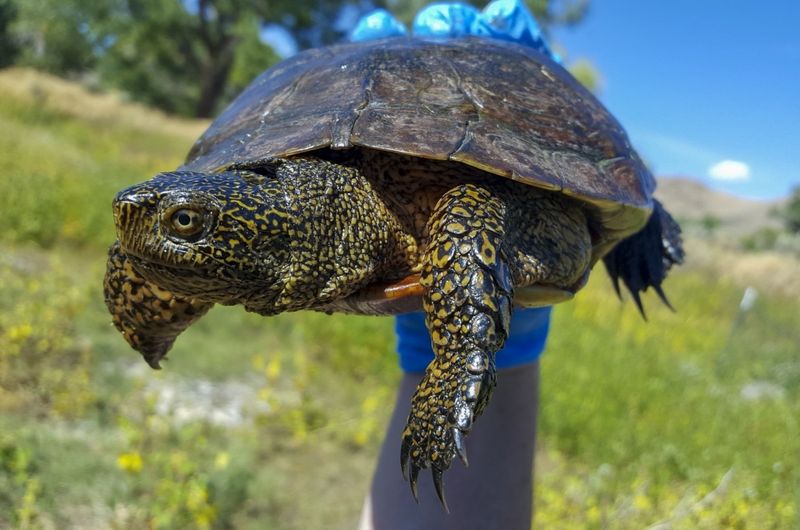
Western pond turtles – with their distinctive olive-green shells and yellow-spotted necks – are the stars of this comeback story. These native reptiles can live up to 50 years in the wild!
Perfectly adapted to Yosemite’s waters, these turtles hibernate in winter by burying themselves in mud. They’re master survivors when given a fighting chance, and now their population numbers are steadily climbing throughout the park.
10. How Native Turtles Benefit From This

Freedom from bullfrog terror means turtle eggs and babies actually survive now! Hatchling survival rates have increased dramatically, allowing populations to rebuild naturally.
Adult turtles enjoy less competition for food and basking spots. Their natural behaviors have returned – females confidently leave water to lay eggs, knowing predation risk is lower. The entire turtle lifecycle is functioning properly again for the first time in generations.
11. Other Animals Affected By Bullfrogs

Turtles aren’t the only creatures celebrating the bullfrog eviction! Native frogs like the red-legged frog and foothill yellow-legged frog are bouncing back in record numbers.
Dragonflies, small fish, and aquatic insects have also returned to balanced populations. Even some bird species that feed on these smaller creatures are being spotted more frequently around Yosemite’s wetlands, completing the ecosystem recovery circle.
12. How The Park Will Monitor Progress

Underwater microphones record frog calls to track which species are present without disturbing them. This acoustic monitoring reveals biodiversity improvements that might otherwise go unnoticed.
Trail cameras capture wildlife activity day and night. Citizen scientists help too, using smartphone apps to report turtle sightings while hiking. This combination of high-tech and human observation creates a comprehensive picture of the ecosystem’s healing process.
13. What This Means For Future Wildlife
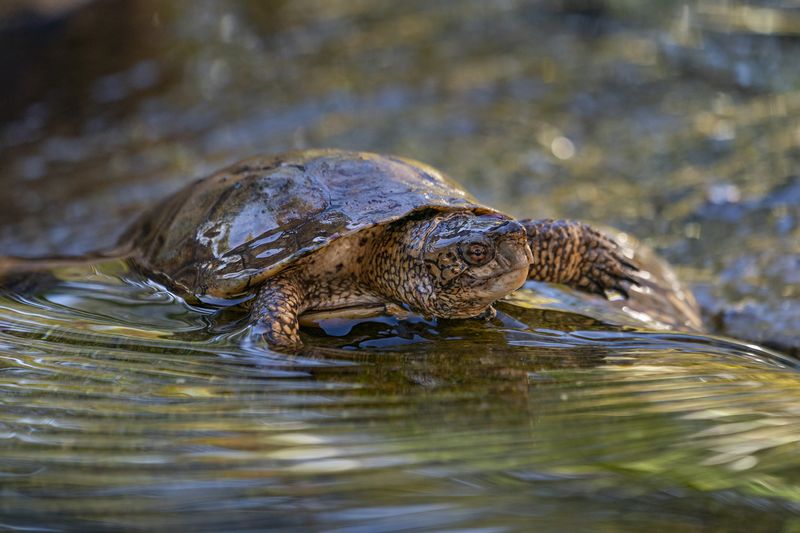
Success with turtles provides a blueprint for helping other threatened species! The bullfrog removal project demonstrates that targeted intervention can reverse decades of ecological damage.
Rangers are already applying lessons learned to help other struggling native species. The turtle comeback story offers hope that with the right approach, even seriously damaged ecosystems can heal. This success strengthens arguments for similar conservation efforts nationwide.
14. How Visitors Can Help Conservation
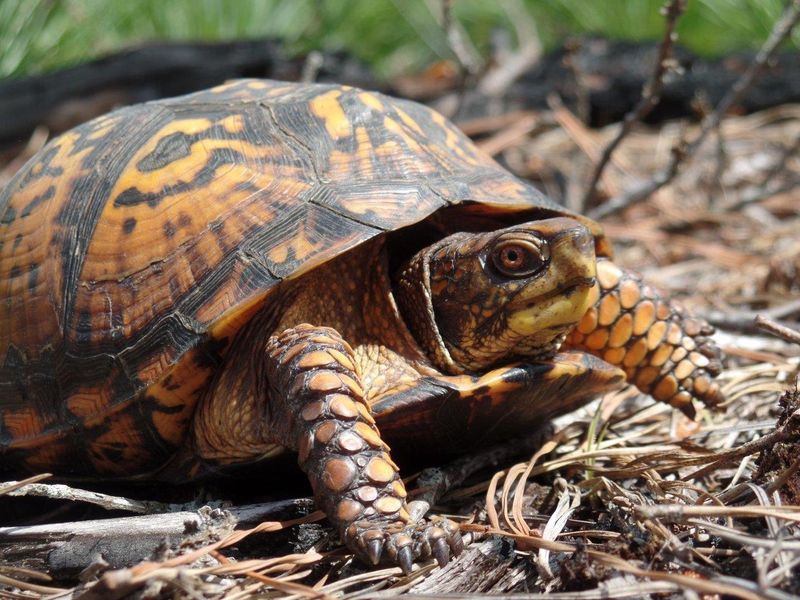
Never release pet turtles or frogs into the wild – that cute tadpole could become tomorrow’s ecosystem disaster! Even native species can cause problems if released in the wrong place.
Report unusual animal sightings to rangers. Clean hiking boots between park visits to prevent spreading invasive species. Small actions by visitors create a powerful collective impact when multiplied across millions of park guests each year.






